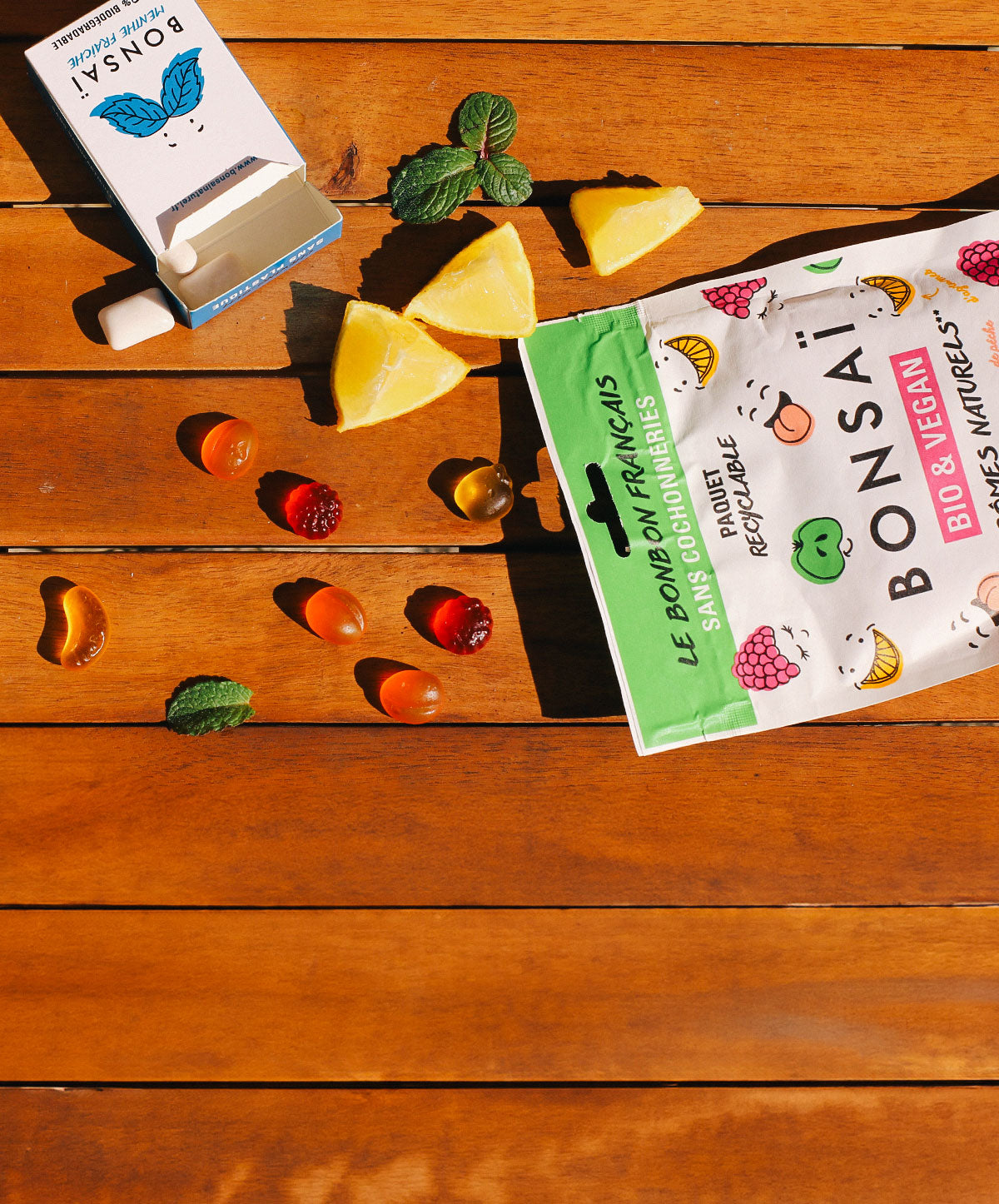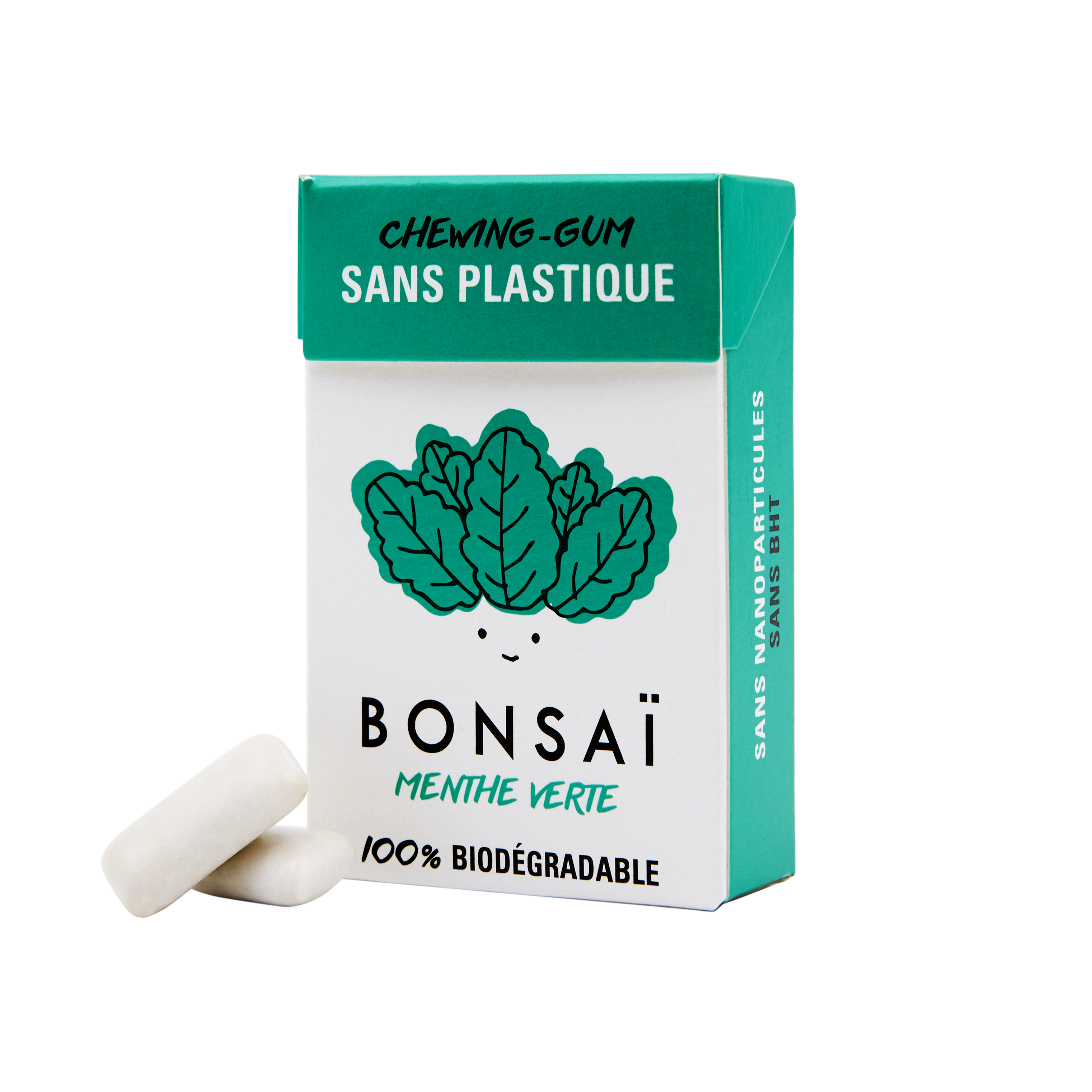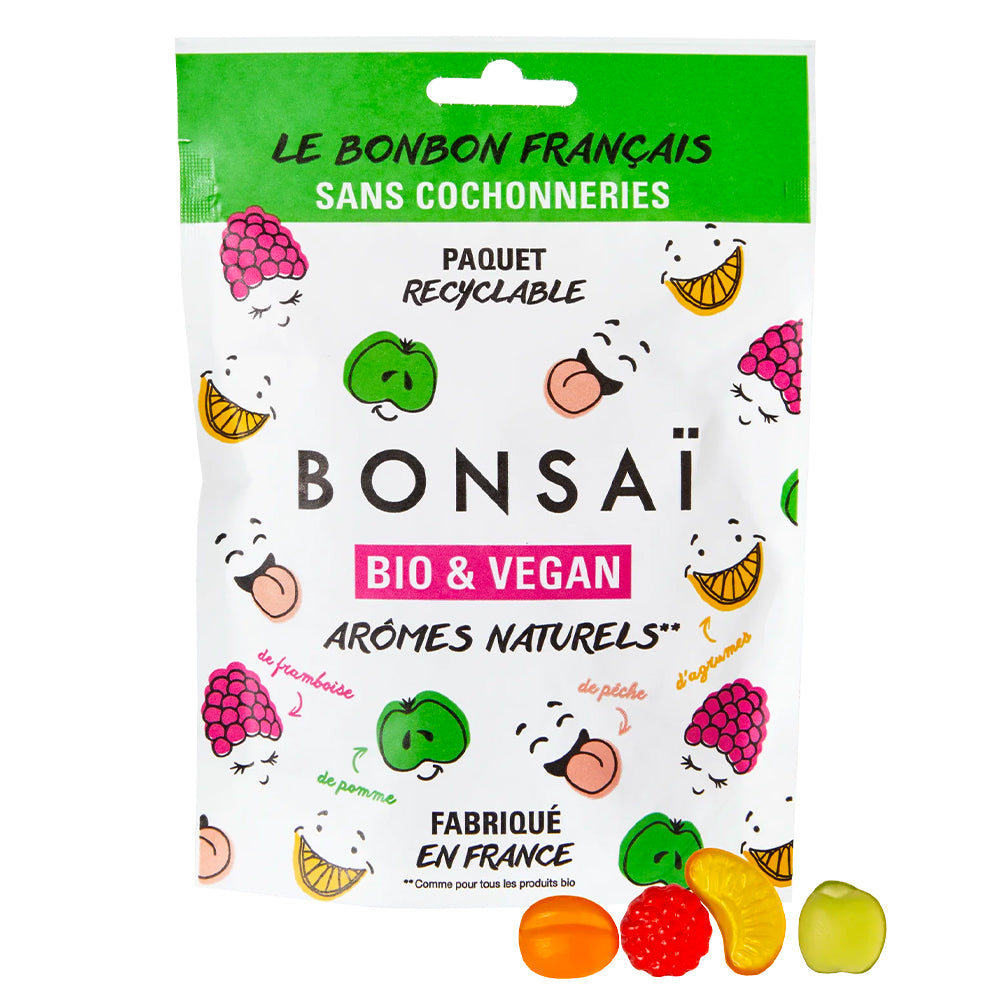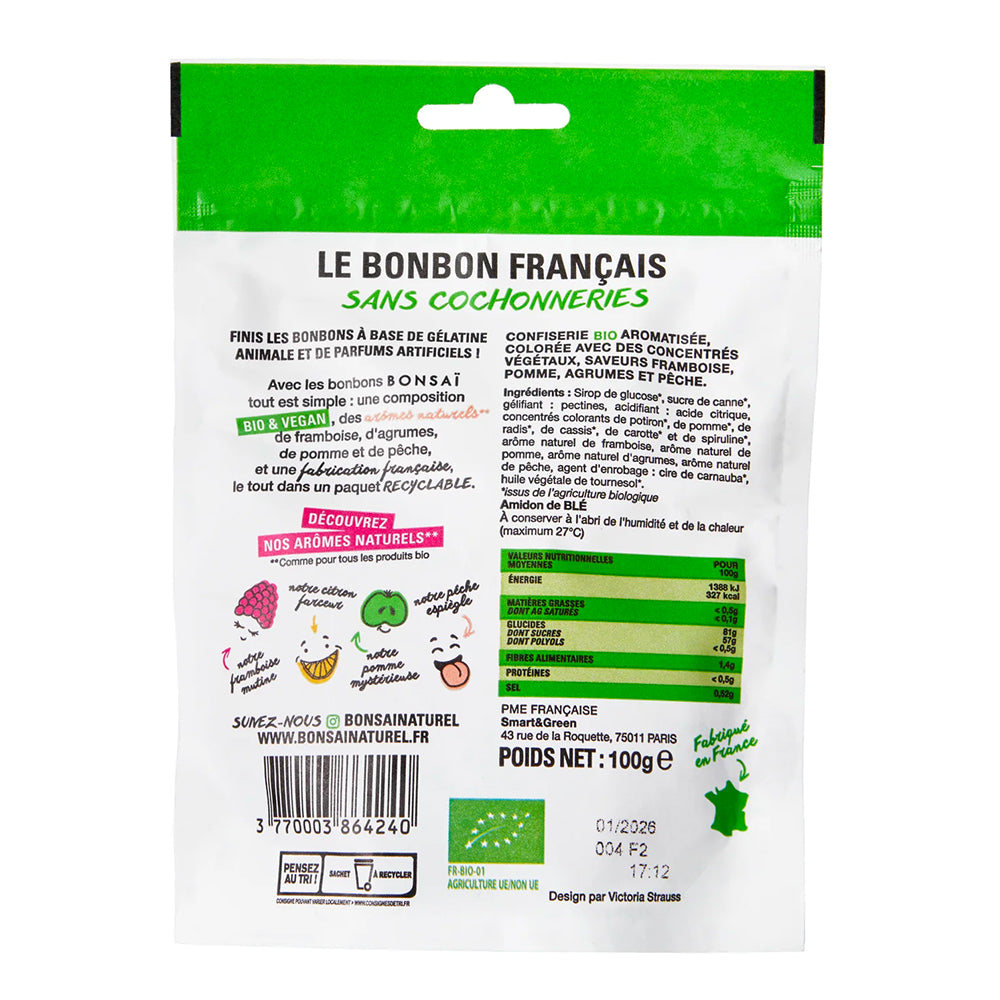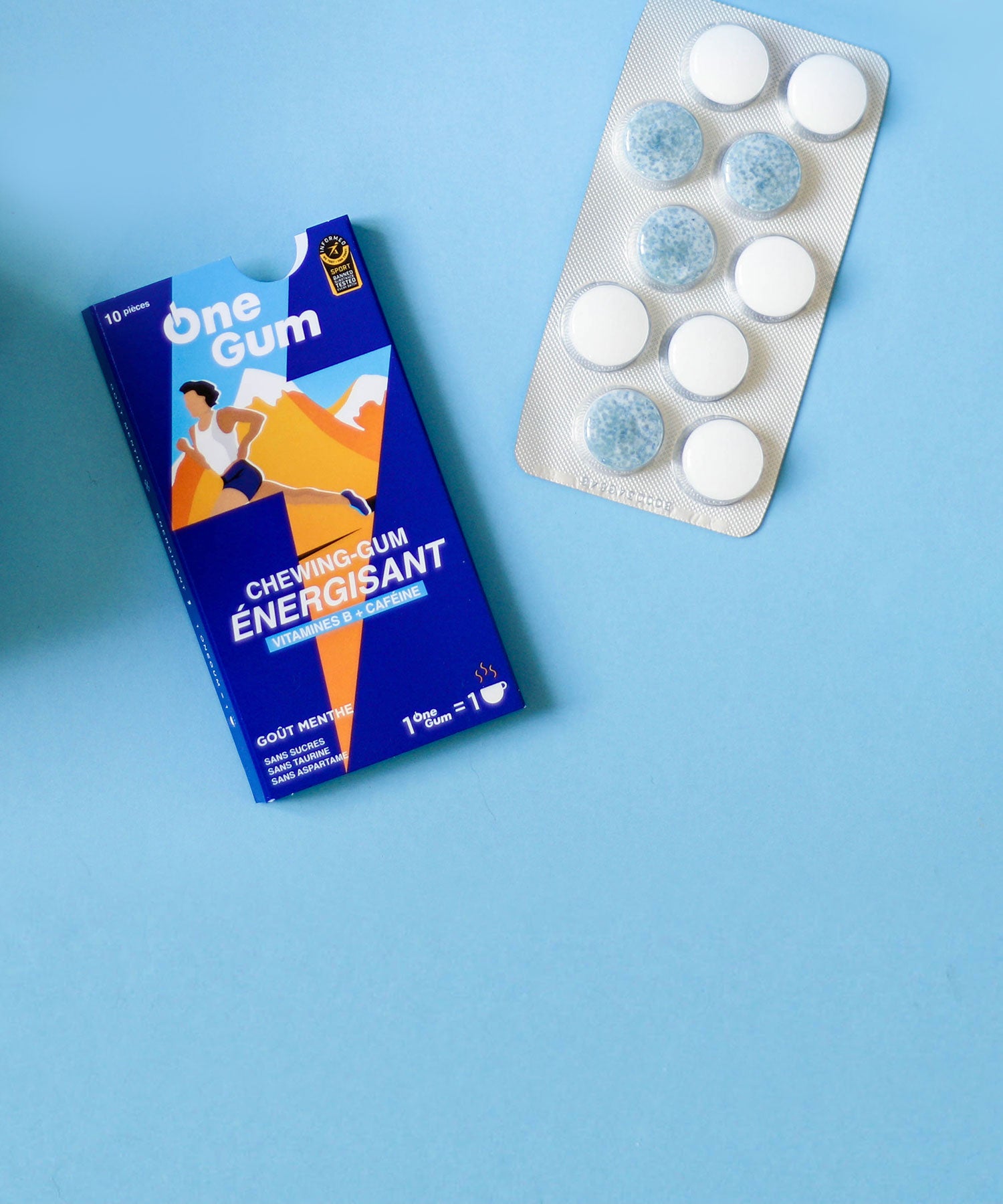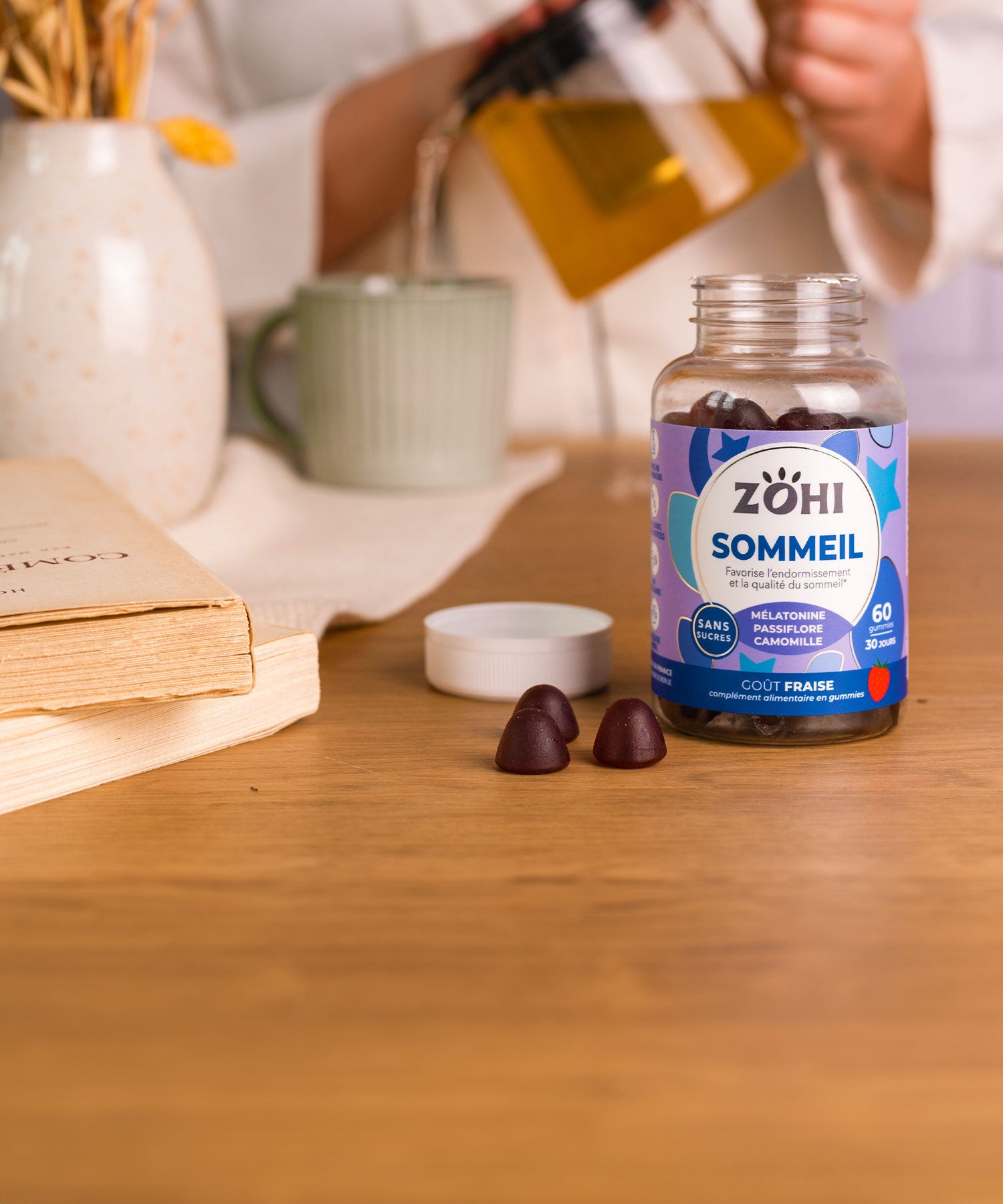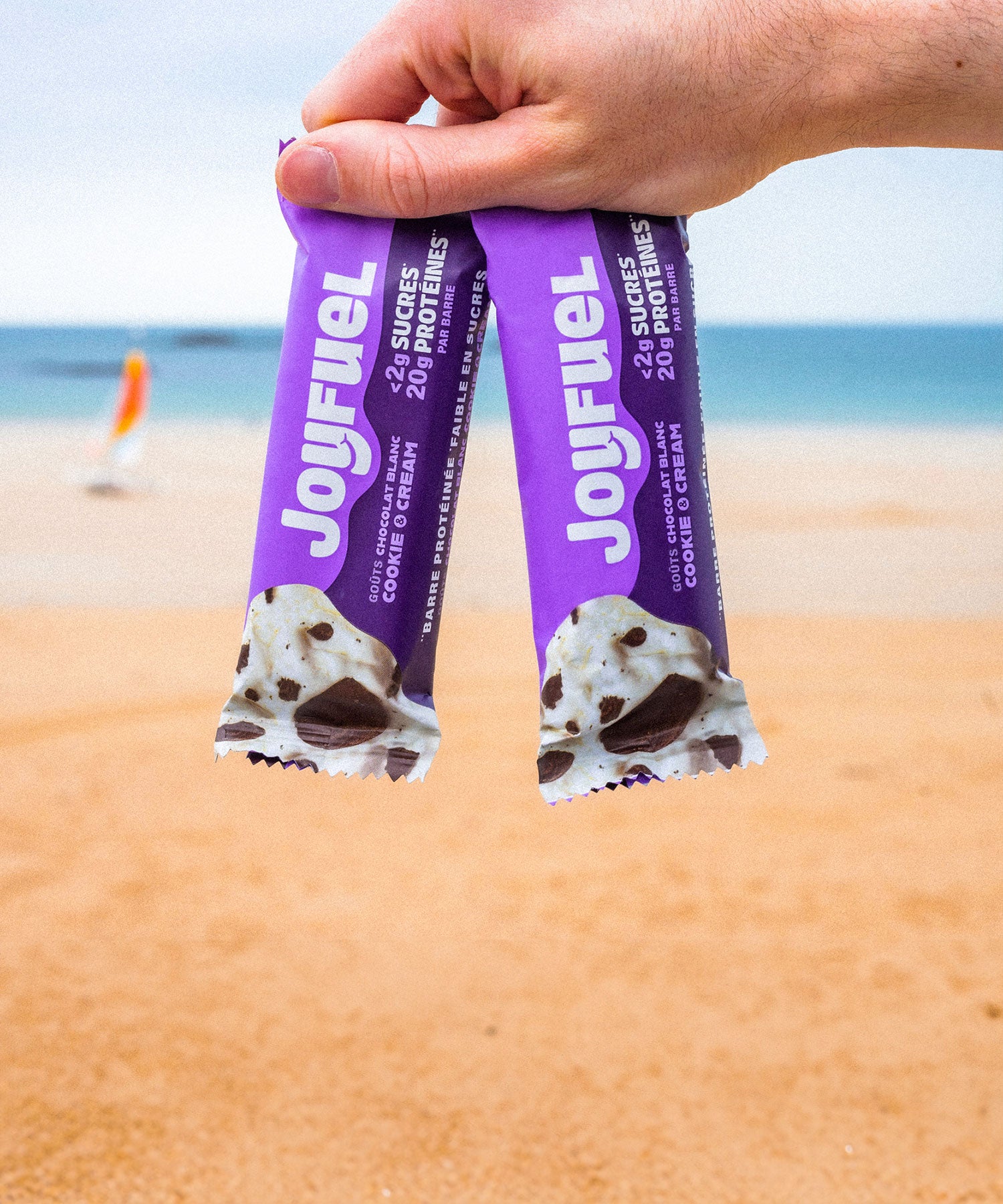3 products
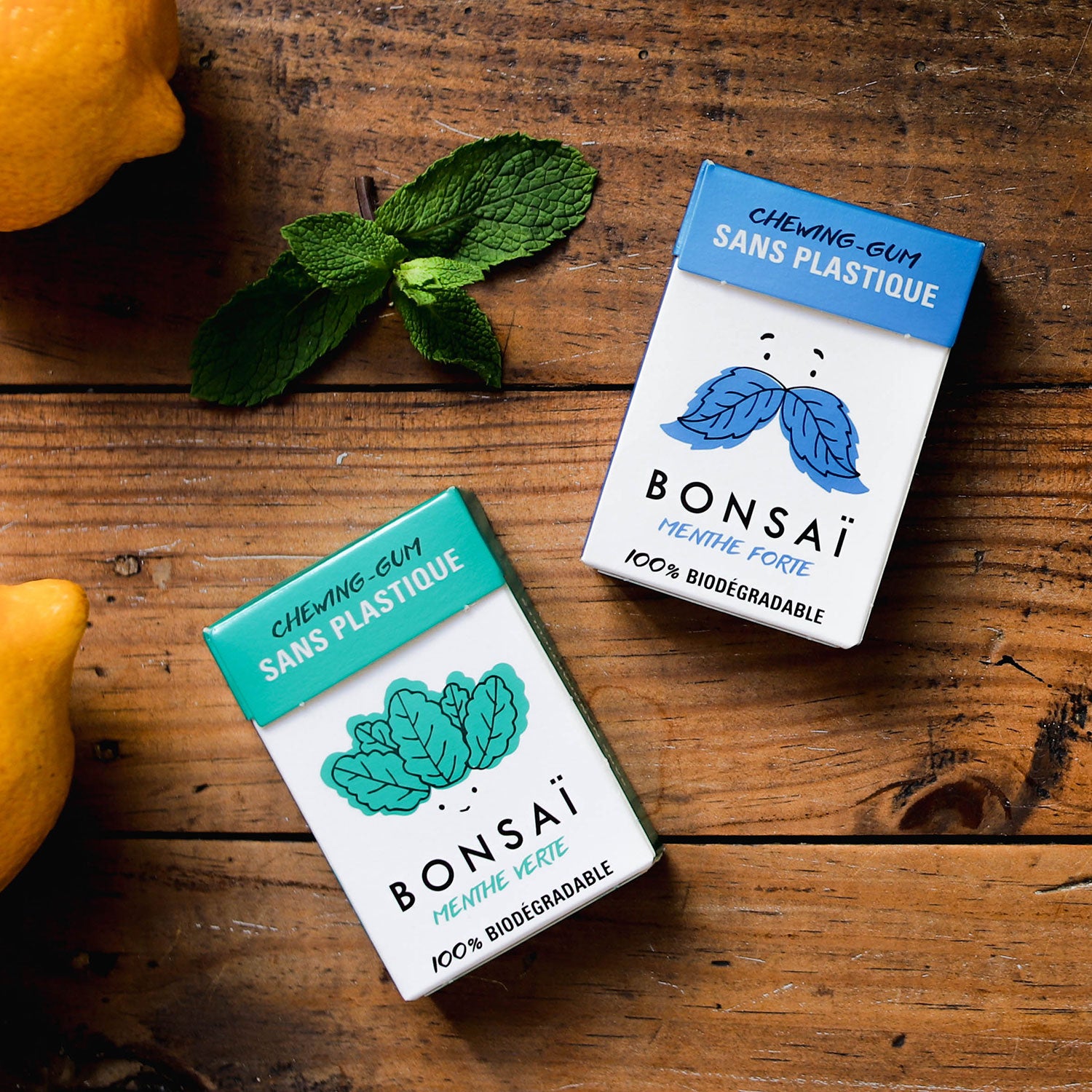

Candy without plastic or pigs
Because we think it is important to know what we eat and give to our children, we have imagined chewing gum and gourmet candies guaranteed without plastic, without animal gelatin, without pollution, and above all... without any compromise on taste!
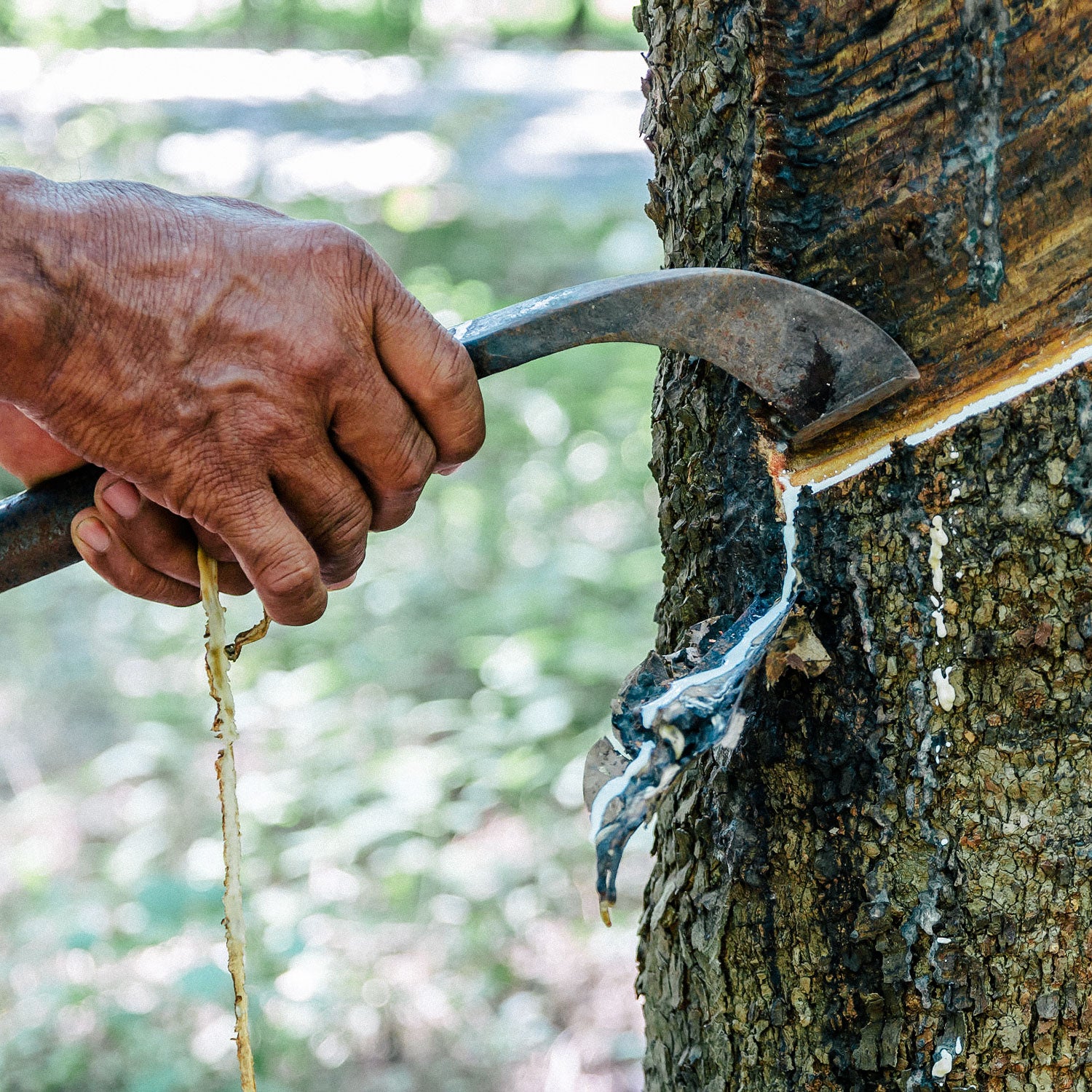
Why is there petroleum in classic industrial chewing gum? During the 20th century, American manufacturers began to replace sapodilla sap, traditionally used in chewing gum, with an artificial gum base, which was cheaper to produce. In order to mimic the elasticity of sapodilla resin, the manufacturers had to add polymers to their new recipe.
We just went back to basics. We work with local artisans who make small cuts in the bark of trees to collect the sap. This extraction process respects the forest because no trees are felled during this process, and the trees are given time to regenerate before carrying out new sap extractions. Once reworked, this natural gum has a consistency identical to that of classic industrial chewing gum.
We flavor the sapodilla gum with natural mint flavors: spearmint, peppermint and wild mint. This natural gum base is then sweetened with xylitol, a natural sweetener extracted from birch bark.
The chewing gums are then packaged in an FSC-certified recyclable cardboard box, wrapped in a transparent biodegradable film made from vegetable cellulose.
Made entirely of organic matter, Bonsai chewing gum is naturally biodegradable and non-polluting, for a chew that leaves no traces.
FAQs
Do industrial chewing gum really contain plastic? But why then?
The gum base of most industrial chewing gum contains synthetic polymers (notably styrene-butadiene), composed of monomers from petroleum refining. These synthetic polymers are part of the large family of plastics, and give chewing gum the elasticity that characterizes them. With Bonsai, there is no need for polymers: sapodilla gum, once reworked, has an elasticity and consistency equivalent to that of classic industrial chewing gum.
Is it really that bad to chew plastic gum? We're going to spit it out, after all...
The polymers used to make industrial chewing gum come from petroleum refining, and petroleum exploitation constitutes a major environmental problem. You should also know that municipalities often use jets of water to remove chewing gum left in the street, evacuating them into the sewers and then into waterways, rivers and rivers, and, ultimately, into the sea. The polymers contained in the gum base of these industrial chewing gums are toxic, especially in an aquatic environment, where they pollute the water and endanger the ecosystem and the animals found there. As for the health risks, it's up to you to judge, but in our opinion it is always better to chew products of natural origin than petroleum-based!
Is Bonsai of completely natural origin?
Yes ! Bonsai is made from natural sapodilla tree latex scented with natural lemon or mint aromas. Even its sweetening element, xylitol, comes from birch bark.
Is Bonsai production sustainable?
Yes. No trees are cut down to extract the sap used to make Bonsai gum base. Local artisans make cuts in the bark of the tree to collect the sap that flows from it. Thus, Bonsai production does not deplete the natural resources of forests or the planet.
Where is Bonsai made?
The Bonsai recipe was developed by us, in conjunction with a team of food engineers. The sap is collected in Mexico, Guatemala and Belize by local artisans, and reworked on site to make an all-natural gum base. This gum is then flavored with natural flavors and packaged in Italy, in Naples.
But natural chewing gum already exists, right?
Yes, since antiquity! The ancient Greeks chewed tree resin to clean their teeth and sweeten their breath. The peoples of America were also adept at this practice which they transmitted to European settlers, who quickly adopted it. However, with the industrialization of production processes and the search for profitability, synthetic gums have gradually replaced chewing gum made from tree gum.
So, can I throw it on the ground without feeling guilty?
We avoid! If it is true that, being composed of organic matter, Bonsai will not pollute its environment by decomposing, it seems to us that avoiding throwing your chewing gum on the ground is above all a question of good manners. It's a waste that makes our sidewalks ugly and sticks to shoes... Banana peels are also made of organic matter but we wouldn't have fun throwing them on the sidewalk!



